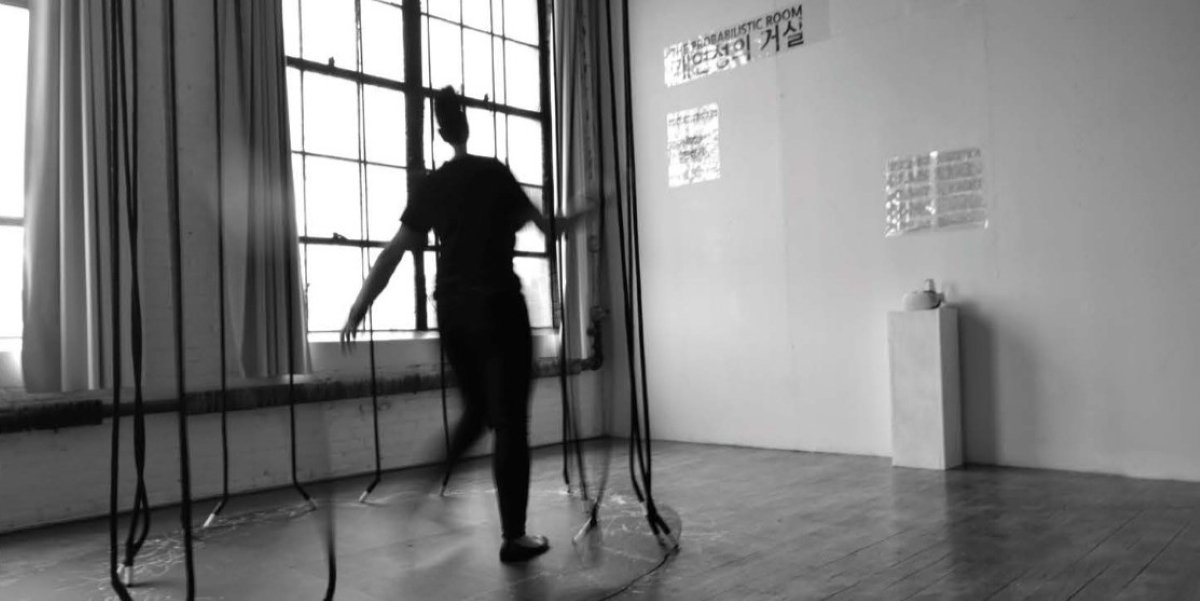The fashion industry has embraced digital innovations that transform how people discover, try, and buy clothing. From virtual fitting rooms to AI-powered styling, these technological advances solve real shopping frustrations while opening creative possibilities. This shift goes beyond novelty—it’s reshaping the entire fashion ecosystem, making it more personalized, sustainable, and accessible. Both shoppers and brands benefit from these changes that bridge online and physical retail experiences.
Read also: Punk Passion: Dive into the Edgy and Expressive World of Punk Fashion
Virtual Try-Ons and Augmented Reality Fitting
Virtual fitting technology allows shoppers to visualize clothes on their digital avatars before purchasing. Using smartphone cameras or uploaded photos, these systems map garments onto the user’s body with realistic draping and movement. Advanced versions account for different fabrics’ behavior—showing how a silk blouse flows differently than a structured blazer. This reduces returns caused by fit issues, a major pain point for online apparel shopping. Some solutions even recommend size adjustments based on body measurements and brand-specific sizing charts.
Augmented reality takes virtual try-ons further by projecting digital clothing onto live camera views. Customers can see how a dress looks while moving or how sunglasses fit their face shape from multiple angles. Luxury brands use this for virtual jewelry try-ons, where shoppers can assess how necklaces layer or how earrings catch light—details that photos alone can’t convey. These tools are becoming standard features on retailer apps and websites, moving from gimmicks to essential shopping aids.
Emerging Technologies Shaping Fashion’s Future
3D clothing design software is revolutionizing how garments get created before any physical sample exists. Designers can drape, pattern, and adjust digital prototypes that show precise fit and movement. This speeds development while reducing material waste from multiple physical samples. Some brands now show 3D garment files instead of photos, allowing buyers to inspect stitching details and fabric textures from all angles as if holding the item.
AI-powered personal stylists analyze users’ existing wardrobes, preferences, and purchases to suggest new additions. These systems learn individual tastes over time, accounting for lifestyle needs like work dress codes or weekend activities. Some integrate weather data to recommend appropriate outfits, while others track unworn items in your closet to suggest better utilization. This technology helps combat overconsumption by promoting thoughtful additions rather than impulse buys.
Smart fabrics and connected clothing represent fashion’s next frontier. Temperature-regulating materials adjust to body heat and environment, while color-changing textiles respond to light or touch. Some athletic wear now tracks movement and form through embedded sensors, providing real-time feedback during workouts. While still emerging, these innovations point toward clothing that’s interactive and adaptive rather than static.
Digital-only fashion collections for avatars and virtual worlds have created an entirely new market. Gamers and metaverse participants buy designer digital outfits that exist solely as wearable files. This eco-conscious approach satisfies the desire for constant novelty without physical waste. Some brands release digital twins of physical garments, letting customers preview looks before purchasing real-world versions.
Blockchain technology verifies luxury item authenticity through digital certificates that track ownership history. This combats counterfeiting while creating new possibilities for resale markets. Some visionary brands are experimenting with digital-physical hybrids—purchasing a real handbag might unlock exclusive digital content or virtual styling options.
These technological integrations are making fashion more inclusive. Virtual try-ons help shoppers with mobility challenges or social anxieties who find fitting rooms stressful. Size-inclusive algorithms suggest styles flattering for all body types rather than just standard mannequin proportions. Color-matching tools help coordinate outfits for visually impaired users through descriptive audio.
The most successful implementations enhance rather than replace human elements of fashion. Technology works best when it removes friction from shopping while preserving the joy of self-expression. As these tools evolve, they’re creating a fashion landscape that’s more personalized, sustainable, and creatively expansive than ever before—changing not just how we shop, but how we relate to clothing itself.
The intersection of fashion and technology continues to yield surprising innovations that solve longstanding industry challenges. From reducing returns to democratizing design, these digital advances make fashion more accessible while opening new creative possibilities. As the tools become more sophisticated and widespread, they’re setting new expectations for how we discover and interact with clothing—whether browsing from home or experimenting with styles we’d never dare try in stores. The future of fashion isn’t just about what we wear, but how technology helps us wear it better.
Read also: Gothic Style Unleashed: Embracing Elegance with a Touch of Edge









